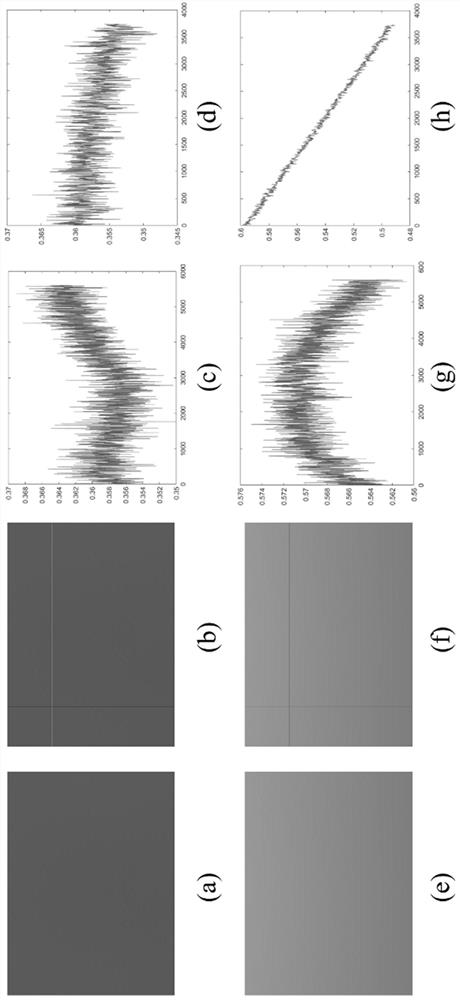Image restoration method based on physical scattering model
A scattering model and image restoration technology, applied in the field of image restoration based on physical parameters, can solve problems such as unclear images, achieve outstanding effects, stable performance, and natural image restoration effects
- Summary
- Abstract
- Description
- Claims
- Application Information
AI Technical Summary
Problems solved by technology
Method used
Image
Examples
Embodiment Construction
[0053] The present invention will be further described in detail below in conjunction with the examples. The method steps are described with reference to the accompanying drawings.
[0054] A scattering model based on physical parameters, comprising the following steps:
[0055] 1. Use a uniform light source (such as an integrating sphere) to calibrate the vignetting of the camera and remove image noise;
[0056] 2. Establish a descattering mathematical model, divide the attenuated image into two parts, direct radiation and backscattering, and calculate them separately;
[0057] 3. Perform OSTU binarization processing on the collected pictures, fit some pixels of pure scattering and calculate parameters.
[0058] 4. Use the calculated parameters to remove backscatter and attenuation from the entire image.
[0059] The calibrated vignetting includes:
[0060]Establish a de-vignetting table corresponding to all focal lengths of the camera; use the look-up table method for th...
PUM
 Login to View More
Login to View More Abstract
Description
Claims
Application Information
 Login to View More
Login to View More - R&D
- Intellectual Property
- Life Sciences
- Materials
- Tech Scout
- Unparalleled Data Quality
- Higher Quality Content
- 60% Fewer Hallucinations
Browse by: Latest US Patents, China's latest patents, Technical Efficacy Thesaurus, Application Domain, Technology Topic, Popular Technical Reports.
© 2025 PatSnap. All rights reserved.Legal|Privacy policy|Modern Slavery Act Transparency Statement|Sitemap|About US| Contact US: help@patsnap.com



